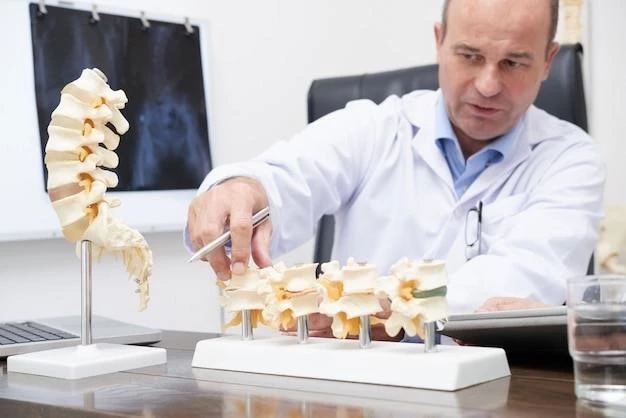Introduction to Worth Syndrome
Worth syndrome, also known as endosteal hyperostosis, is a rare genetic bone disorder characterized by cortical thickening of bones and distinctive facial features. This condition is inherited in an autosomal dominant manner.
Overview of Worth Syndrome
Worth syndrome, also known as endosteal hyperostosis or autosomal dominant osteosclerosis, is a rare genetic bone disorder characterized by cortical thickening of bones and distinctive facial features, such as an increased gonial angle, deepened mandible, and widened mandible. The condition is inherited in an autosomal dominant manner due to a mutation in the LRP5 gene. Diagnosis can be challenging, and differential diagnosis includes other bone disorders like Van Buchem disease. Recent research aims to clarify terminology and improve understanding of this rare disorder.
Causes of Worth Syndrome
Worth Syndrome is primarily caused by a genetic mutation in the LRP5 gene located on chromosome 11. This mutation leads to the characteristic bone thickening and distinctive facial features seen in individuals with Worth Syndrome.
Genetic Mutation in LRP5 Gene
Worth Syndrome is primarily caused by a mutation in the LRP5 gene located on human chromosome 11q13.4. This mutation, inherited in an autosomal dominant fashion, results in the characteristic cortical thickening of bones and distinctive facial features observed in individuals with Worth Syndrome.
Clinical Features of Worth Syndrome
Individuals with Worth Syndrome exhibit a distinctive facial phenotype, including a widened, deepened mandible and an increased gonial angle. Additionally, they may present with torus palatinus and cranial characteristics that are unique to this rare genetic bone disorder.
Distinctive Facial Phenotype
Individuals with Worth Syndrome exhibit a unique facial phenotype characterized by a widened, deepened mandible, an increased gonial angle, as well as torus palatinus. These distinctive features aid in the clinical diagnosis of Worth Syndrome and differentiate it from other bone disorders.
Diagnosing Worth Syndrome, characterized by a distinctive facial phenotype and cortical bone thickening, can be challenging. Differential diagnosis may involve distinguishing it from other rare bone disorders like Van Buchem disease.
Diagnosis and Differential Diagnosis
Diagnosing Worth Syndrome can be challenging due to its rare nature. Differential diagnosis often involves distinguishing it from other bone disorders like Van Buchem disease. Clinical and radiological findings aid in reaching an accurate diagnosis of Worth Syndrome.

Treatment and Management of Worth Syndrome
Management of Worth Syndrome involves preoperative considerations and careful surgical planning. Surgical interventions may include mandibular reduction procedures to address the cortical thickening and facial features associated with this rare genetic bone disorder.
Challenges in Diagnosis
Diagnosing Worth Syndrome can be complex due to overlapping terminologies with Van Buchem disease and the rarity of the condition. Distinguishing clinical and radiological features play a crucial role in overcoming these diagnostic challenges.

Research and Recent Findings on Worth Syndrome
Research on Worth Syndrome aims to clarify diagnostic confusion, improve terminology, and provide insights into the distinctive features, genetic mutations, and management of this rare genetic bone disorder.
Current Understanding and Studies
Research on Worth Syndrome focuses on clarifying diagnostic confusion, improving terminology, and understanding the unique clinical and radiological features associated with this rare genetic bone disorder. Studies aim to enhance the management and genetic understanding of Worth Syndrome to facilitate accurate diagnosis and effective treatment strategies.
